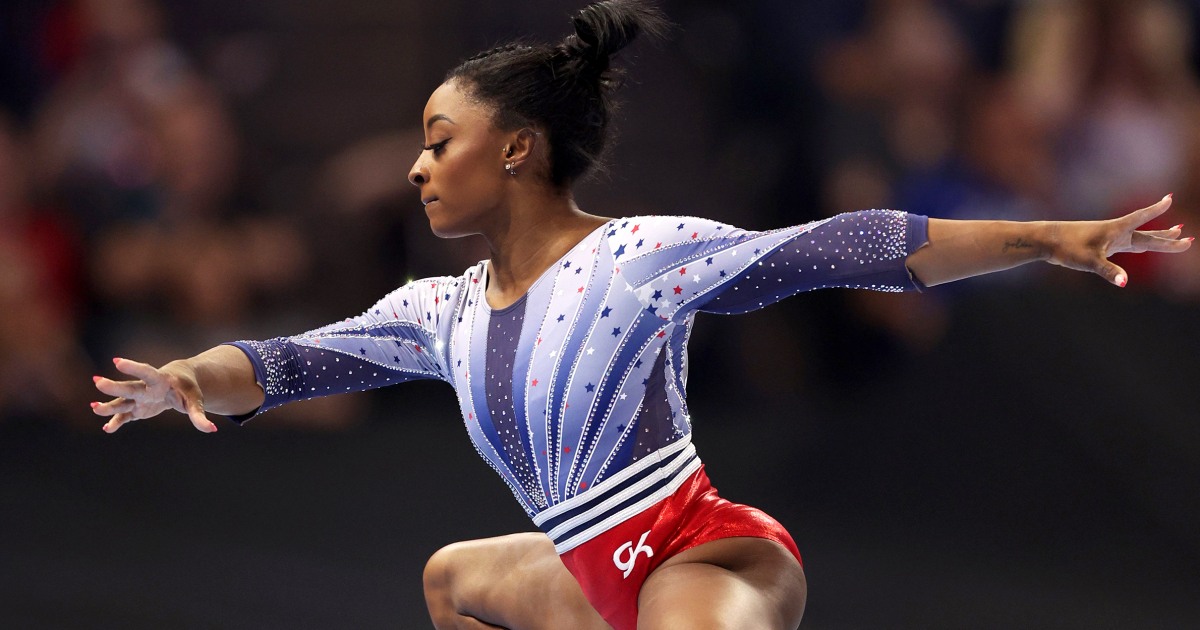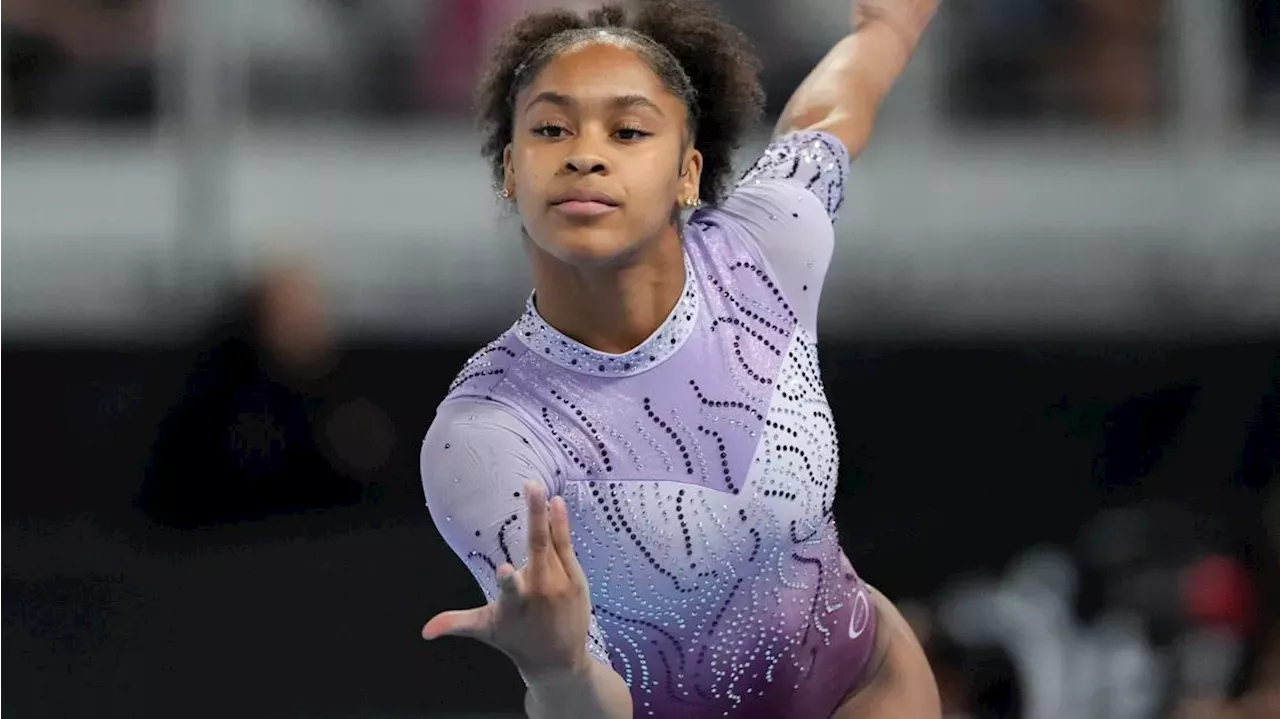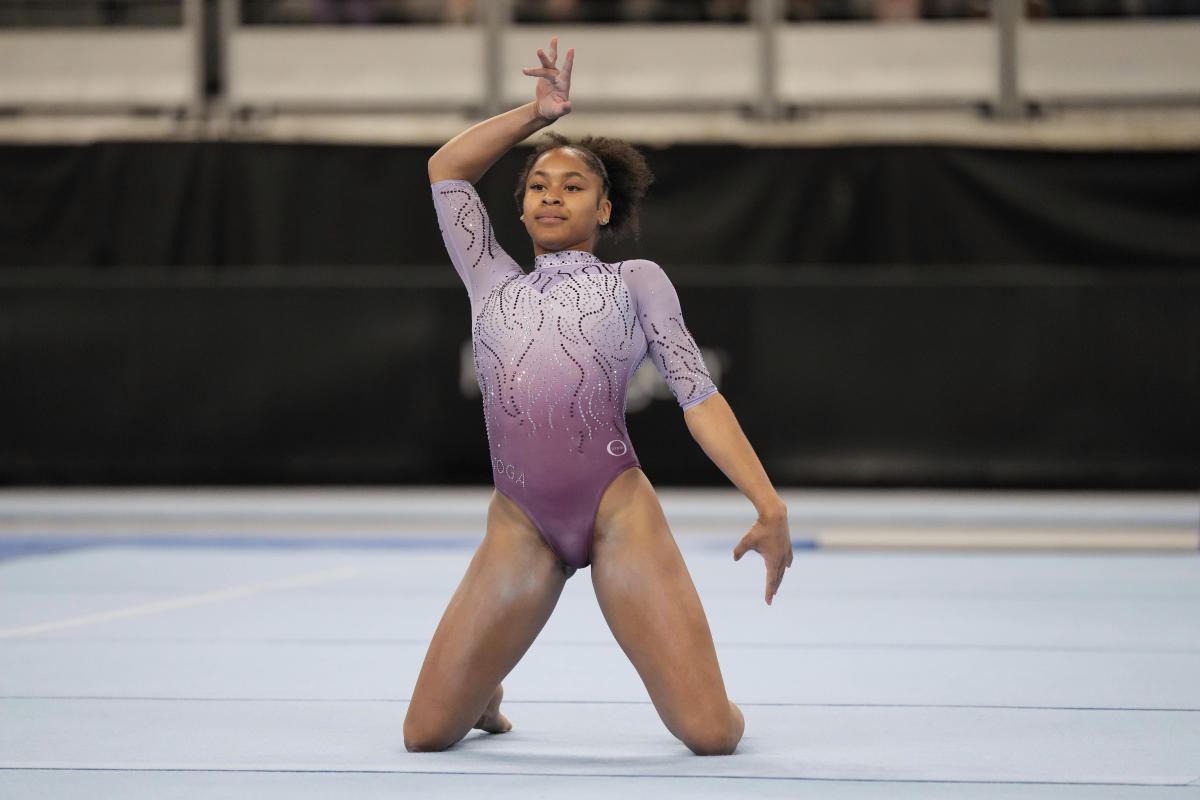Injury Types and Mechanisms
Gymnastics injuries – Gymnastics is a demanding sport that requires athletes to perform complex and dynamic movements. As a result, gymnasts are at risk for a variety of injuries.
The most common gymnastics injuries are:
- Ankle sprains: Ankle sprains are the most common gymnastics injury. They occur when the ankle is twisted or rolled, causing the ligaments that support the ankle to tear.
- Knee injuries: Knee injuries are also common in gymnastics. They can range from minor sprains to serious ligament tears or fractures.
- Shoulder injuries: Shoulder injuries are another common gymnastics injury. They can range from rotator cuff tears to dislocations.
- Wrist injuries: Wrist injuries are also common in gymnastics. They can range from sprains to fractures.
- Back injuries: Back injuries are less common in gymnastics than other types of injuries, but they can be very serious. They can range from muscle strains to herniated discs.
The biomechanics of each type of gymnastics injury vary depending on the specific movement and forces involved.
For example, ankle sprains occur when the foot is planted on the ground and the ankle is twisted or rolled. This can happen when a gymnast lands awkwardly from a jump or when they step on an uneven surface.
Gymnastics, with its gravity-defying leaps and intricate routines, carries the risk of injuries. One such unfortunate incident was the shilese jones injury. This injury served as a stark reminder of the physical demands and potential consequences associated with this demanding sport.
Despite the setbacks, the resilience of gymnasts like Shilese Jones inspires us to push boundaries while recognizing the importance of safety and injury prevention in the pursuit of excellence.
Knee injuries can occur when the knee is hyperextended or when it is twisted or turned. This can happen when a gymnast lands awkwardly from a jump or when they are tackled by an opponent.
Shoulder injuries can occur when the shoulder is dislocated or when the rotator cuff is torn. This can happen when a gymnast falls on their shoulder or when they are tackled by an opponent.
Wrist injuries can occur when the wrist is hyperextended or when it is twisted or turned. This can happen when a gymnast lands awkwardly from a jump or when they fall on their wrist.
Back injuries can occur when the back is hyperextended or when it is twisted or turned. This can happen when a gymnast lands awkwardly from a jump or when they are tackled by an opponent.
The risk factors for each type of gymnastics injury vary depending on the specific movement and forces involved.
Gymnastics injuries can be a major setback for athletes, especially in the lead-up to important competitions like the Olympic trials. These injuries can range from minor sprains and strains to more serious fractures and dislocations. While some injuries can be treated with rest and rehabilitation, others may require surgery.
In severe cases, injuries can even end an athlete’s career.
For example, the risk of ankle sprains is increased when a gymnast is wearing improper footwear or when they are landing on an uneven surface.
The risk of knee injuries is increased when a gymnast is landing from a high jump or when they are tackled by an opponent.
The risk of shoulder injuries is increased when a gymnast is falling on their shoulder or when they are tackled by an opponent.
The risk of wrist injuries is increased when a gymnast is landing awkwardly from a jump or when they fall on their wrist.
The risk of back injuries is increased when a gymnast is landing awkwardly from a jump or when they are tackled by an opponent.
Prevention and Management: Gymnastics Injuries

Gymnastics is a physically demanding sport that requires athletes to have high levels of strength, flexibility, and coordination. However, this also makes them susceptible to a variety of injuries. Implementing effective prevention and management strategies is crucial to minimize the risk of injury and ensure the safety of gymnasts.
Injury Prevention
Preventing gymnastics injuries involves a multifaceted approach that includes proper warm-up and cool-down routines, stretching, and maintaining optimal technique and conditioning.
- Warm-up and Cool-down: Warming up before a gymnastics session prepares the body for the strenuous activity, reducing the risk of muscle strains and sprains. Similarly, cooling down after a session helps the body recover and prevents stiffness and soreness.
- Stretching: Regular stretching improves flexibility and range of motion, reducing the risk of muscle tears and other injuries.
- Technique and Conditioning: Proper technique is essential for gymnasts to perform movements correctly and avoid injuries. Additionally, maintaining good physical conditioning, including strength and flexibility, helps protect the body from excessive stress.
Injury Management
Despite preventive measures, injuries can still occur in gymnastics. Prompt and appropriate management is crucial for recovery and preventing long-term complications.
- First Aid: Immediate first aid, such as applying ice, compression, and elevation (RICE), can help reduce pain and swelling.
- Rehabilitation: Rehabilitation involves a structured program of exercises and treatments designed to restore the injured gymnast’s range of motion, strength, and function.
- Return-to-Play Protocols: Gradual return-to-play protocols are essential to prevent re-injury. These protocols involve gradually increasing the gymnast’s activity level and intensity under the supervision of a healthcare professional.
Case Studies and Research

Gymnastics is a demanding sport that requires athletes to perform complex and physically challenging maneuvers. As a result, gymnasts are at risk for a variety of injuries. Case studies of notable gymnastics injuries can provide valuable insights into the mechanisms, treatment, and recovery process of these injuries.
Case Study: Simone Biles’ Ankle Injury
In 2019, Simone Biles, one of the most decorated gymnasts in history, suffered a high ankle sprain during the US National Championships. The injury occurred during a vault landing and resulted in a torn deltoid ligament. Biles underwent surgery to repair the ligament and missed several months of competition. She eventually returned to competition and went on to win a gold medal in the all-around at the 2020 Tokyo Olympics.
Biles’ ankle injury is a reminder that even the most elite gymnasts are not immune to injury. However, with proper treatment and rehabilitation, gymnasts can often recover from serious injuries and return to competition.
Research Findings on Gymnastics Injuries
Research has shown that gymnastics is one of the sports with the highest rates of injury. A study published in the journal Sports Medicine found that the overall injury rate in gymnastics is 10.2 injuries per 1,000 athlete-exposures. The most common injuries in gymnastics are sprains, strains, and fractures.
Research has also identified a number of risk factors for gymnastics injuries, including:
- Female gender
- Younger age
- Higher training intensity
- Previous injuries
- Poor technique
Research on gymnastics injuries has also led to the development of a number of prevention and management strategies. These strategies include:
- Proper warm-up and cool-down exercises
- Strength training and conditioning
- Proper technique instruction
- Injury screening and prevention programs
- Early diagnosis and treatment of injuries
By following these strategies, gymnasts can reduce their risk of injury and improve their overall health and performance.
Emerging Trends in Gymnastics Injury Prevention and Management
There are a number of emerging trends in gymnastics injury prevention and management. These trends include:
- The use of technology to track and prevent injuries
- The development of new and innovative injury prevention programs
- A focus on early diagnosis and treatment of injuries
- A greater emphasis on athlete education and empowerment
These trends are helping to improve the safety of gymnastics and reduce the risk of injuries.
